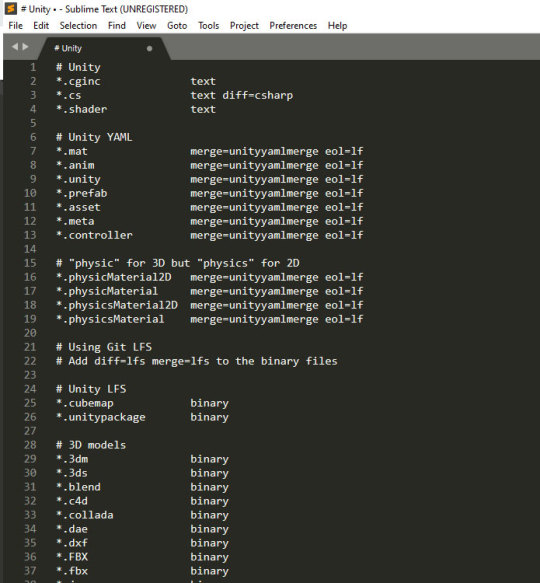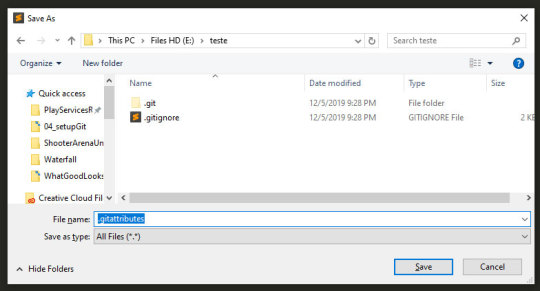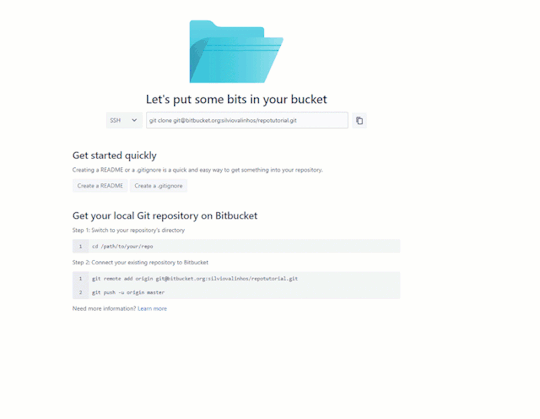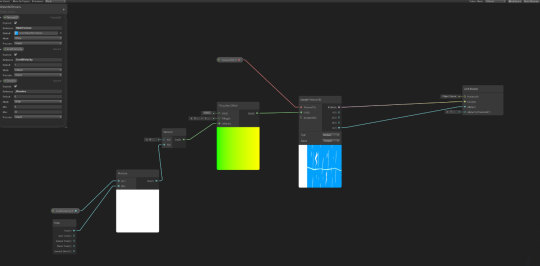In this post I’ll explain a little bit about the plugin Bolt, why I choose it, how to install and where you can find useful resources to start learn it.
First of all, I decide to use bolt because for me is a way to get exited about prototyping an ideia and make my own games. And Bolt is a plugin that helps us to code without deal with c# syntax. There are other plugins that do the same thing, like PlayMaker, but, a few things made me choose bolt:
1 – Easy to use.
2 – Fast to learn
3 – The terminology is very similar to C#.
4 – You can do almost everything you can do with c#.
how much does bolt cost?
$70
Where you can find bolt? Unity Assets store in this link.
https://assetstore.unity.com/packages/tools/visual-scripting/bolt-87491
In this video i show how to install BOLT. During the install process I always choose “Programming naming”, it will make your transition to C# a lot easier in the future.
Now you know how to install bolt, soon i will bring some specific tutorials about bolt, for now you can check this resource list:
Bolt Oficial Youtube channel
https://www.youtube.com/channel/UCiuM3aD58vn2Hzk-5fytlBg
Bolt Oficial documentation
https://ludiq.io/bolt/manual
Bolt Learn center
https://ludiq.io/bolt/learn
One Wheel studio youtube
https://www.youtube.com/channel/UCkr9CPPqT9VWUjkpo3HcACg
One Wheel studio discord server
https://discordapp.com/invite/mBQRTHt











